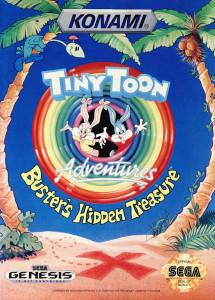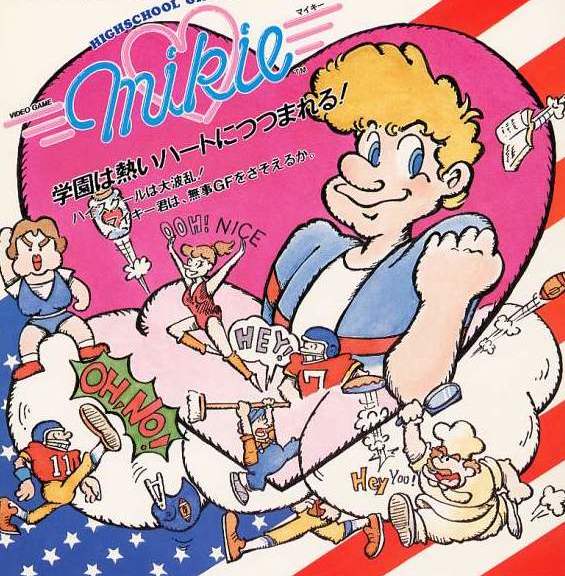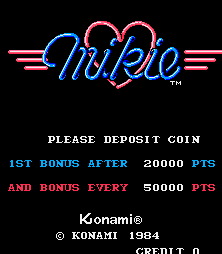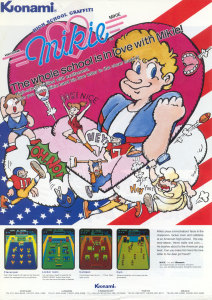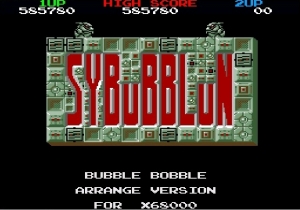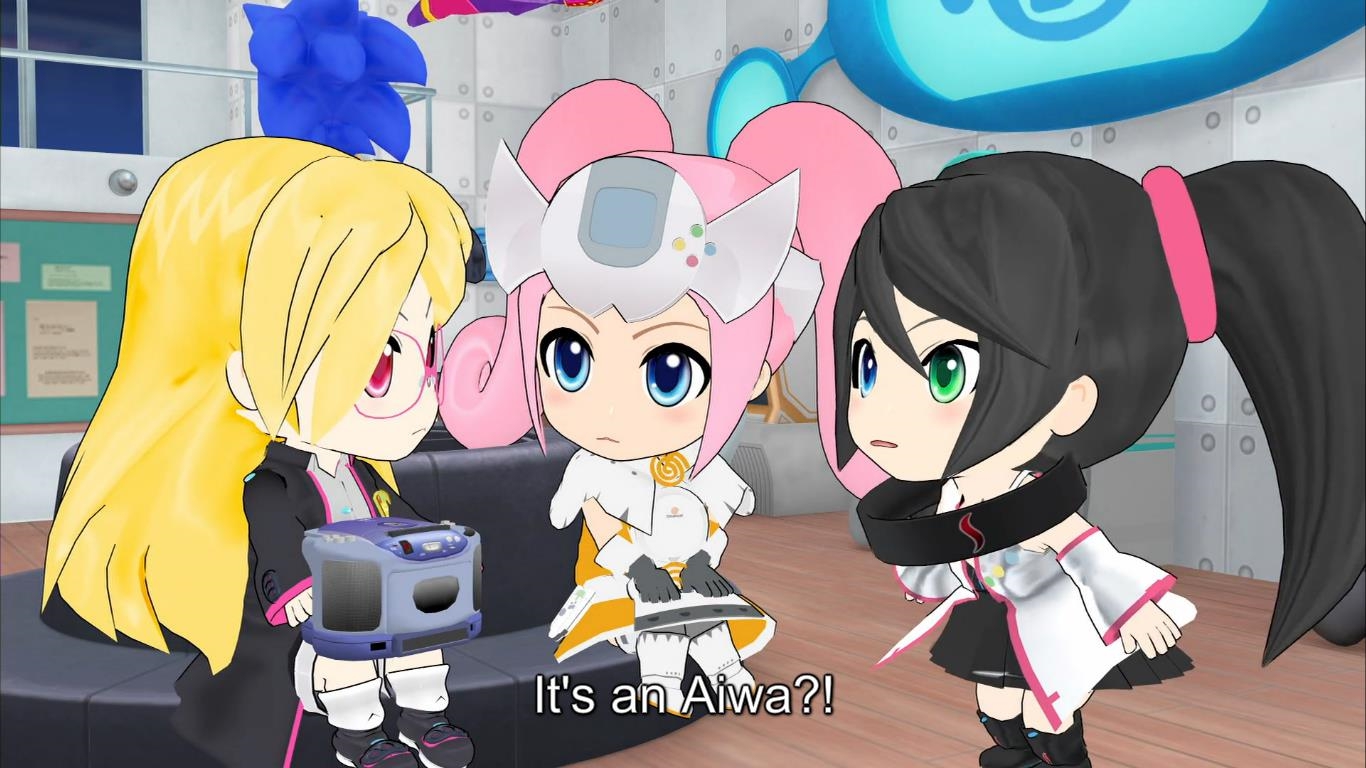An experience I think many have had is revisiting a game that we had memories of playing in our youth. While we all had those games that we had essentially memorized – I know stuff like Super Mario Bros. 3 and Sonic 2 so well that the ten-year-old me in my head gets actively angry when I see people not taking bonus-optimized paths through them – there are others where the memories are a little more vague. We enjoyed them at the time, but we’ve essentially forgotten the vast majority of the experience, to the point where replaying the games is like enjoying something completely new. Sometimes it’s a harsh lesson in reality, as you find out that game from your youth was utter garbage you liked because you were young, dumb and ate up anything with your favorite characters on the box. Other times, you find yourself rediscovering what you enjoyed so much, and perhaps even appreciating these titles in a brand new way through the eyes of experience.
So there’s a series of podcasts and media under the collective banner of Laser Time that I’m fond of. Most of the folks doing shows and articles there are previous or current employees of Future Publishing (whom I’ve done a fair bit of professional work for), who run the show as a way to talk about interesting pop-culture things and their own subjects of interest with friends they came to connect with through work. Laser Time manager Chris Antista recently did some stuff about Tiny Toon Adventures videogames, highlighting the many titles Konami (and others) published with the license. Among them is the Genesis/MegaDrive entry, Buster’s Hidden Treasure.
Buster’s Hidden Treasure was actually among the first games I got for the Genesis, and I remember spending way too much time defending it against my SNES-owning friends who insisted on the superiority of Buster Busts Loose as a game. It wasn’t uncommon in the 16-bit era for different platforms to get entirely different titles in a franchise or license, and Konami in particular made very, very different games for the SNES and the MegaDrive. So since you couldn’t argue over which had the better framerate or textures, you had to fight over what game was actually better, and boy did I fight tooth and nail for this one. But was I actually right, or was I just doing my duty as a pre-adolescent console warrior?
I wanted to find out. I played Buster’s Hidden Treasure again, and I’ve got a fair bit to say about it 20-some years later.

